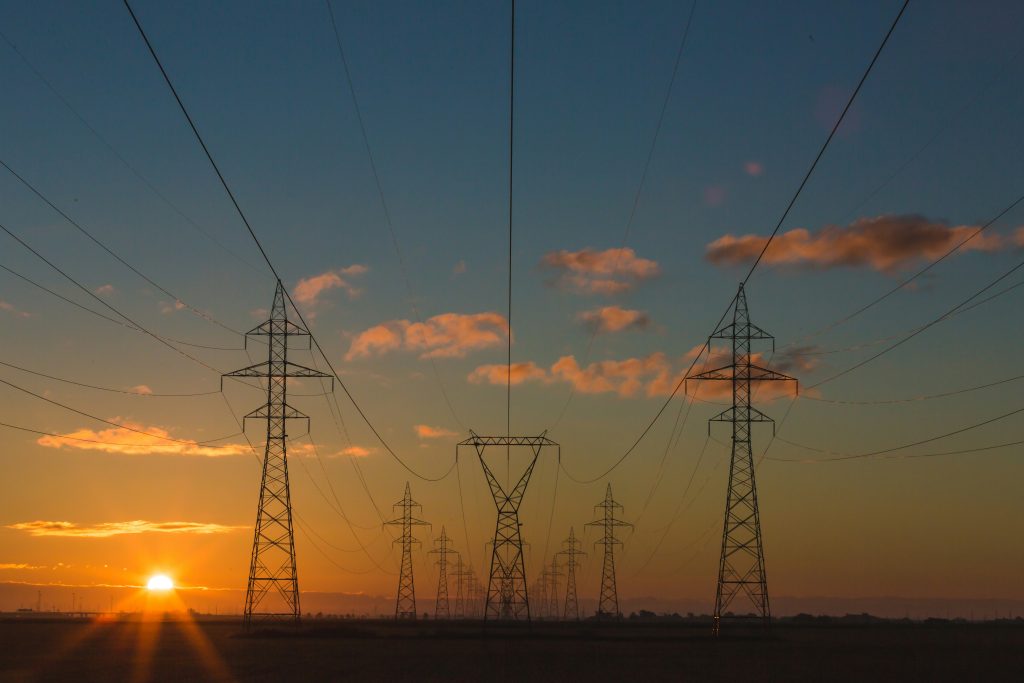
Highly distributed renewable energy production—which cannot be managed—and the electrification of new use cases are growing. The grid must be able to adapt to an increasingly diverse and unpredictable landscape on both the supply and demand sides. CEA-List is working with RTE’s R&D department to design its future power transmission control system—a major challenge in this context.
RTE’s current transmission control system is made up of a local level, with line protection, and a national level, with dispatching, forecasting, and programming capabilities. To increase flexibility, RTE wanted to add a middle “area” level and make the control system more distributed and digital.
CEA-List drew on its experience modeling and simulating complex systems to arrive at the optimal functional and hardware architecture to deliver the desired flexibility, reliability, and safety performance.
With expertise spanning model-driven engineering, system architecture, real-time simulation, formal methods for distributed systems, and smart grids, CEA-List was ideally positioned to tackle this project. The result is a modeling and simulation platform and associated analysis method for RTE’s target control system.

The platform, built using CEA-List’s open-source systems engineering software Papyrus, enables the rigorous modeling and simulation of various possible control system architectures. Simulations can be run to observe how an architecture will behave in different unforeseen event scenarios.
Modelling was completed in three stages:
The following three aspects of the situation modeled are then simulated:
The results of the simulation are then evaluated according to safety and performance criteria like the risk of line damage or energy losses, for example.
The NACRE platform was implemented by CEA-List and RTE in 2024 to test two architectures, one centralized and one distributed, on five control areas in scenarios that included unforeseen events. The NACRE program was extended for an additional three years at the end of 2024.
Although NACRE was designed to meet the needs of RTE, it is based on methods and tools that can be applied to a variety of use cases. With some adaptations, the same kind of platform could be developed for other energy systems. The gas distribution network, which, with the arrival of biogas, is affected by flexibility-related challenges similar to those of power grids, is one particularly relevant example.
What made the NACRE platform a success? Our know-how in modeldriven engineering, our ability to integrate a wide range of technologies, and the quality of our collaboration with RTE.